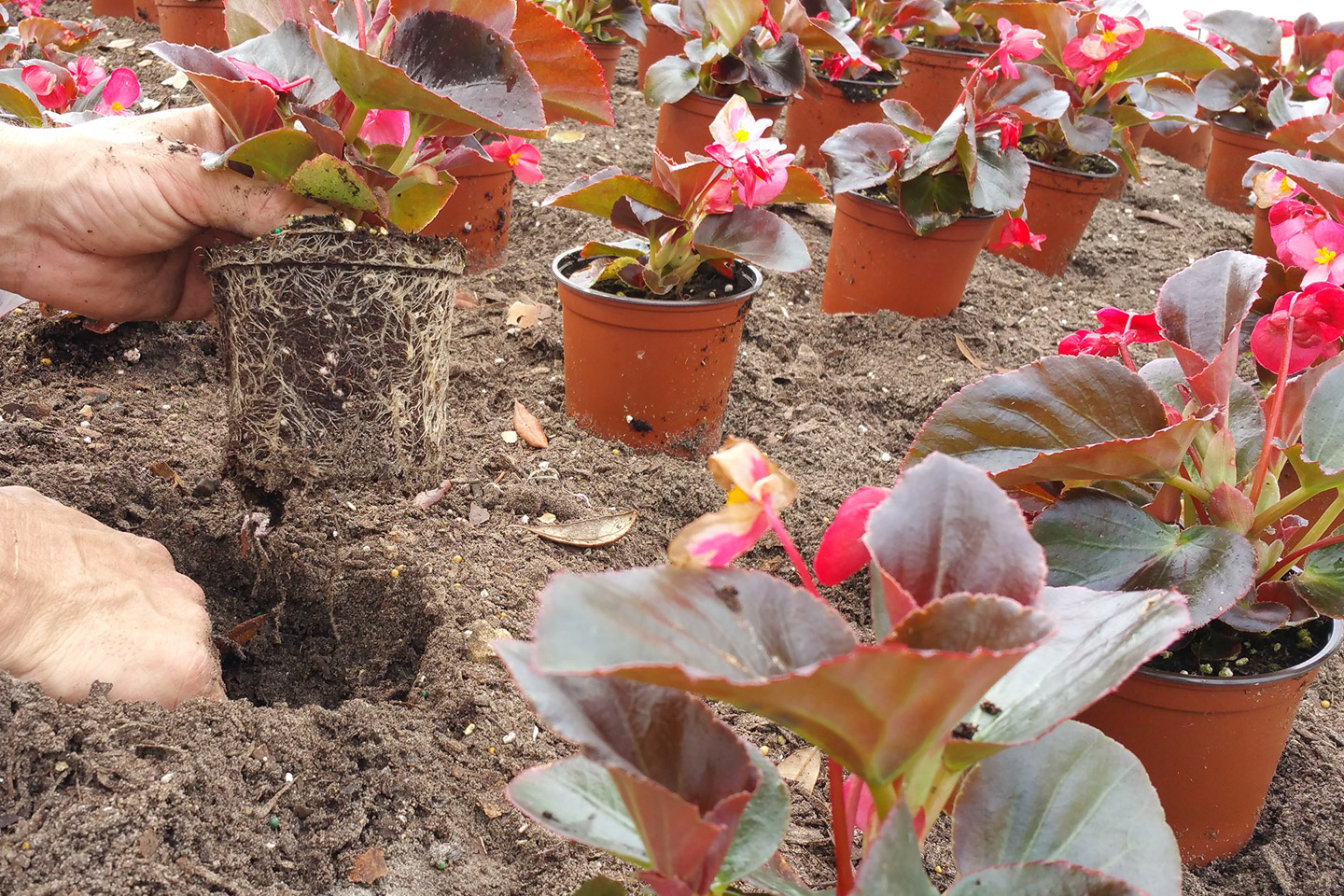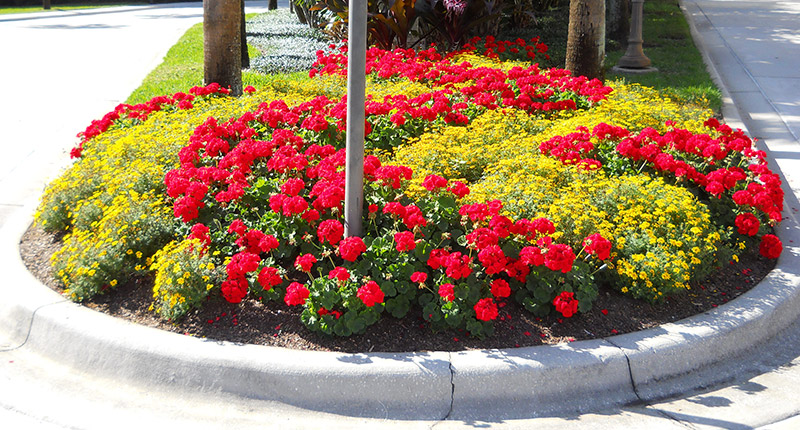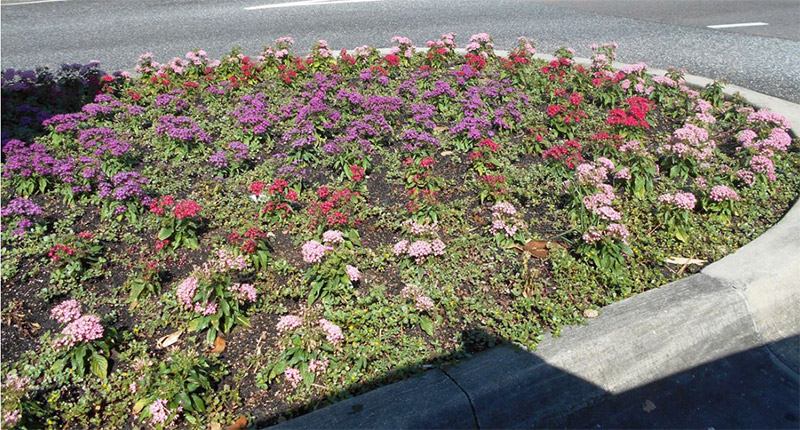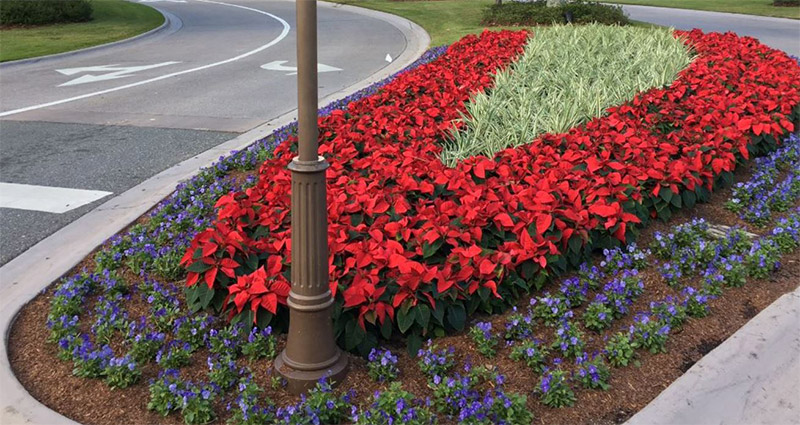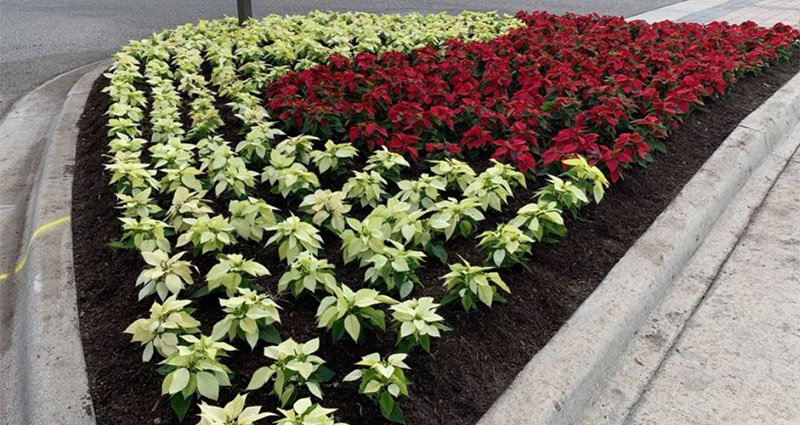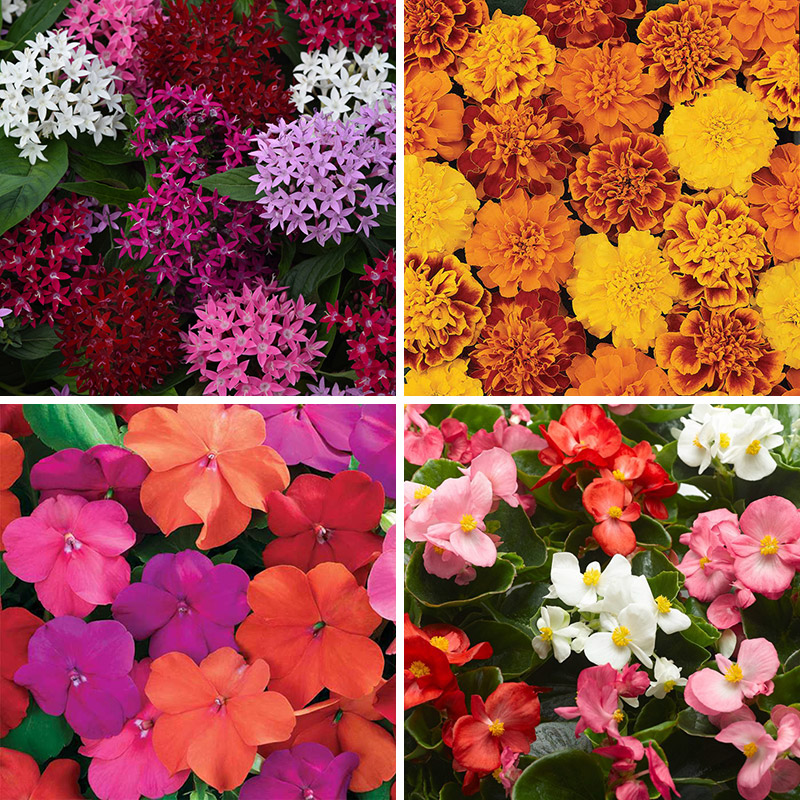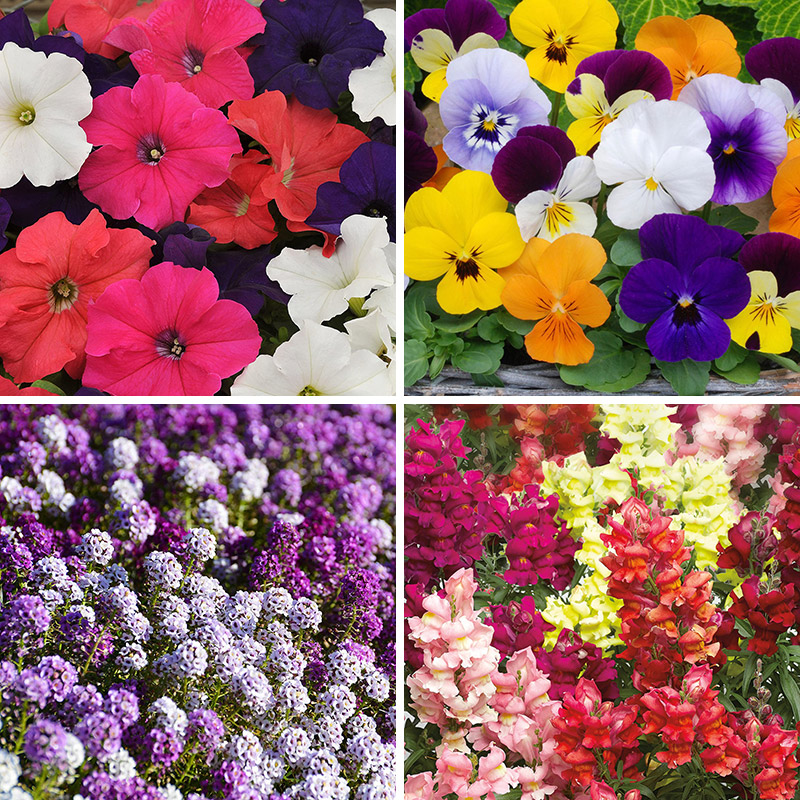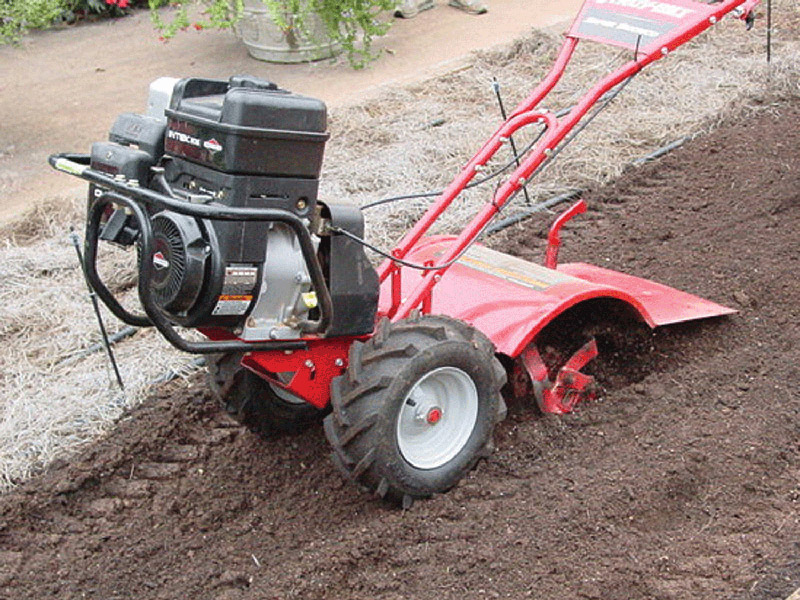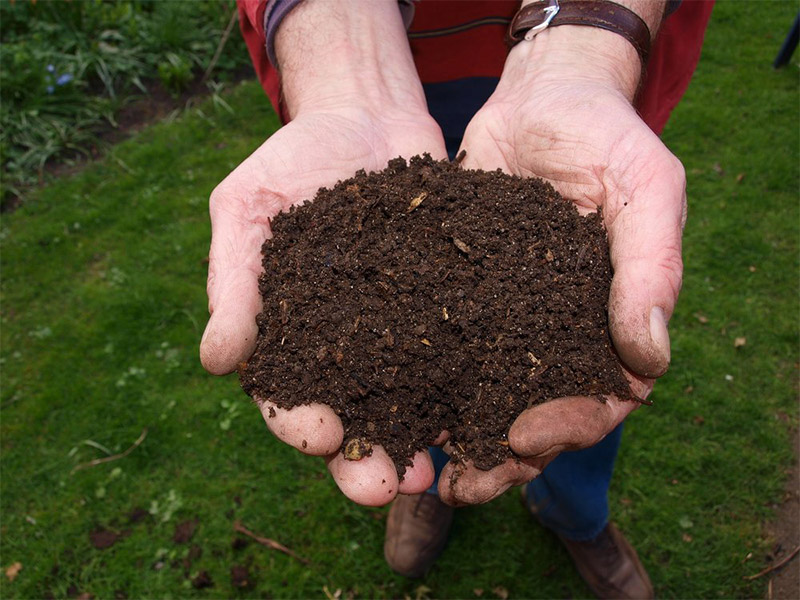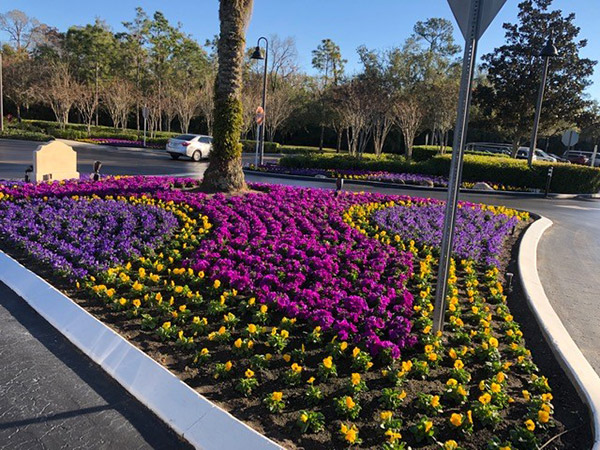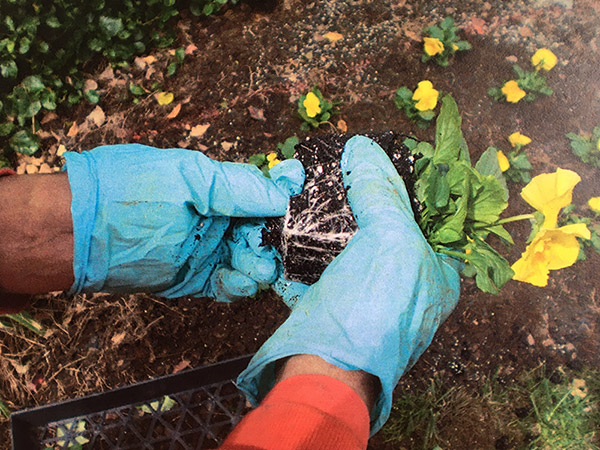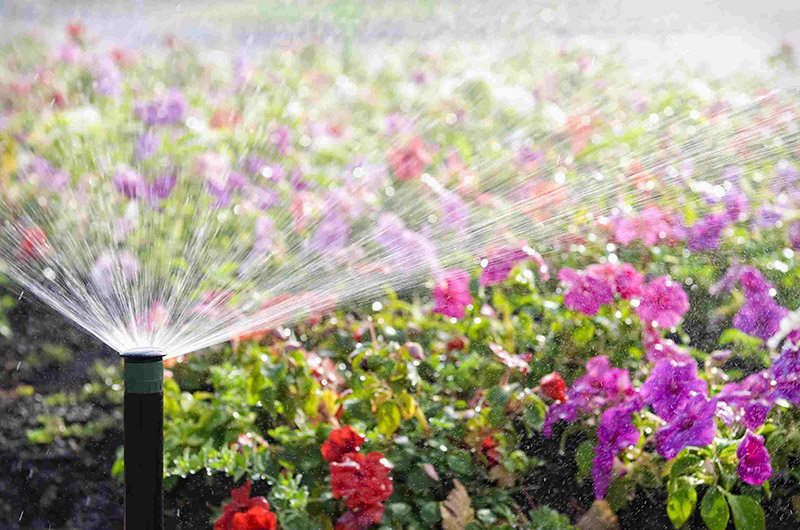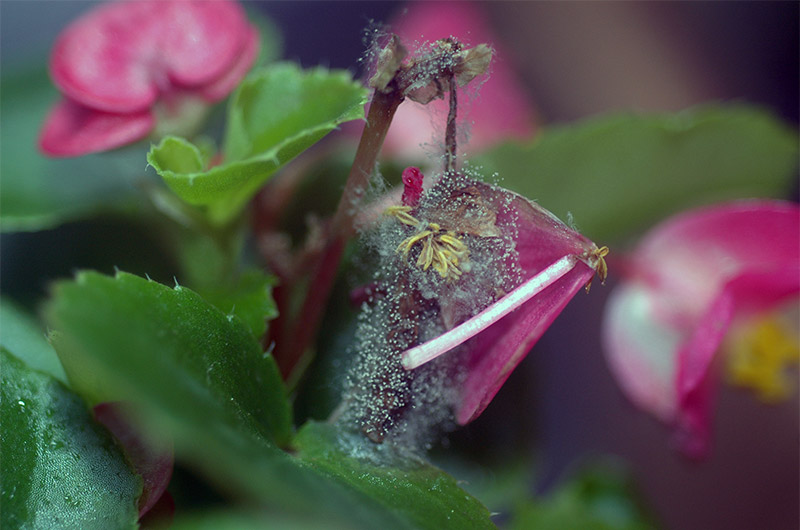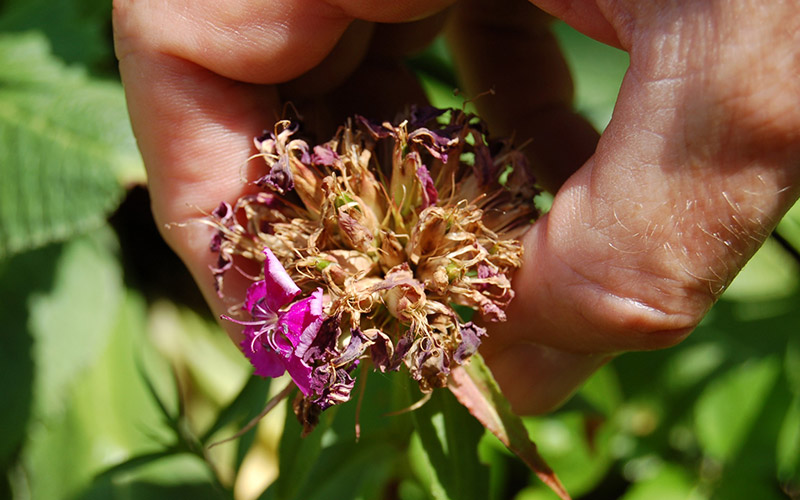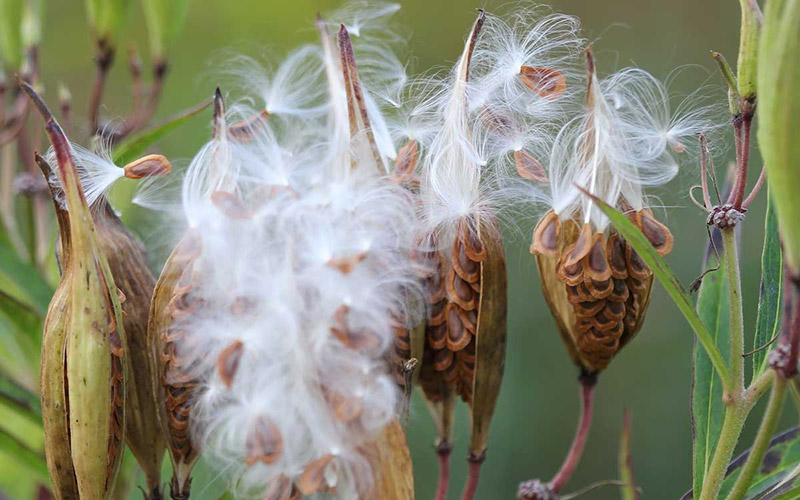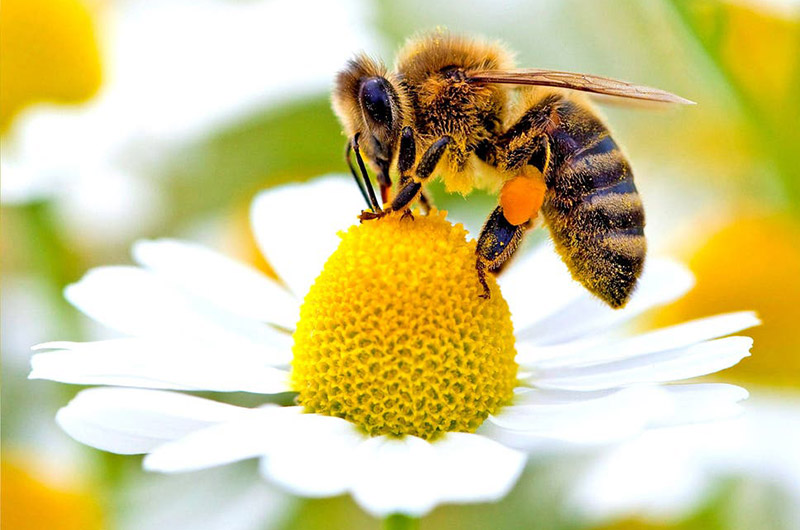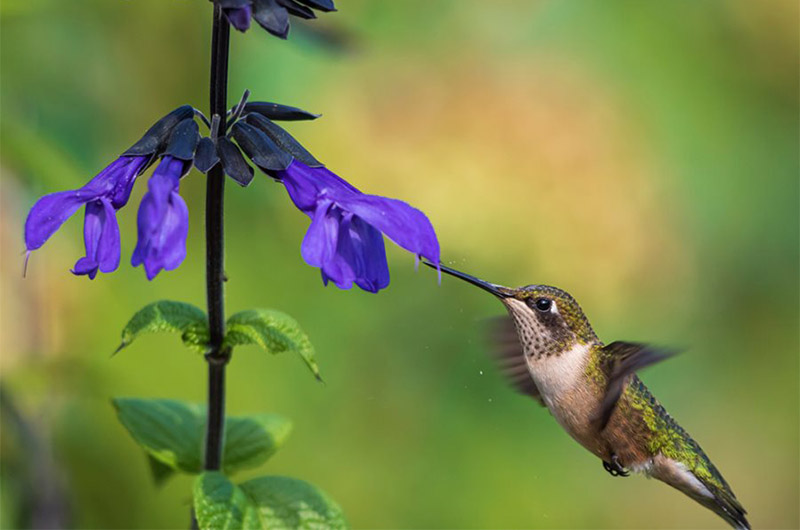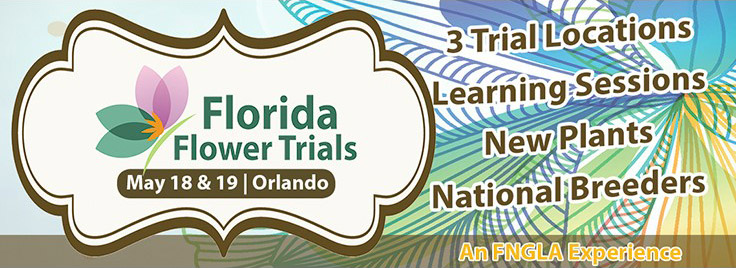Your One-Stop Guide to Planting Annual Flowers - Sit Down with CEPRA
Few elements in the landscape affect the appearance of a property the way annual flowers can. Gorgeous flowers are one of the best ways to add a beautiful focal point and curb appeal to the landscape. Seasonal color - whether it's in containers, hanging baskets, or in annual beds - can soften even the sharpest hardscape edges, all while providing a colorful dimension. Annual color can have more impact on the landscape than any other design element. However, nothing has more of a negative effect on the curb appeal of a property than poor looking flowers. Fortunately, in Florida we can have flowers in the landscape twelve months out of a year.
Frequency
Most commercial properties in Florida having their seasonal color routinely replaced every ninety days, which equates to four times a year. However, some high-end properties will opt for five rotations a year. This fifth color rotation allows for a seasonal holiday display from Thanksgiving to New Year's Day.
Selecting Your Annual Flowers
Choosing the correct annual flower for each of our Florida seasons is crucial. Typically, annuals are divided into two types: warm season and cool season. Warm season annuals are damaged by frosts or freezes. Cool season annuals are intolerant of heat, heavy rainfall, and high humidity. Florida's climate can vary greatly as you go down the state. Some annuals that are considered warm-season-only plants in central and north Florida, can be considered excellent cool-season plants in south Florida. Impatiens are a great example of this. To take it a step further, some coastal counties have different plants they consider "warm season" and "cool season" - within the same county. This is because coastal winds make that area significantly cooler than the areas inland. Fortunately, by building a relationship with one or several nurseries that supply annual color, you will have the ability to contract the growing of the exact color selections for each season. Alternatively, you can choose from annual selections that were grown at the nursery on speculation; however, the plants provided this option are significantly more limited.
Bed Preparation
After you have made your plant selections, the next key to the success of your annual color is bed preparation. No matter what annual you choose, if you install it into a poor growing environment you will be quickly dissatisfied with the results. Begin the bed preparation with the removal of the existing plant material, weeds and/or mulch, then thoroughly till the existing soil. When needed, add a quality annual soil that provides optimum aeration, drainage and water holding characteristics. This soil addition should raise the bed above grade 4-6 inches for proper drainage and to maximize the presentation of the color. The beds should be fertilized with a granular slow release complete fertilizer at the time of planting the annuals. Keep in mind possible black-out periods for your county, as this will limit the available time you have to fertilize your plants with specific nutrients. For example, in order to curb fertilizer runoff that encourages red algae blooms, Sarasota County has a blackout period between June 1 and September 30, where no fertilizers containing nitrogen or phosphorus can be applied to the turf or the landscape.
Planting Your Annual Flowers
With regards to bed design and installation, it is important to know the proper plant spacing and growth habit of each annual species. This will ensure the integrity of the annual bed design and the sustainability of the color. Always plant the annual color at the same level at which it was growing in its original container. After removing the annual from its pot, gently disturb the root system and carefully firm the soil around the root ball. Adding a thin layer of "pine fine" mulch is optional - but it does add a decorative "finished" look to the annual bed and provides additional organic material to the soil profile.
Irrigation
Proper irrigation of the annual beds is essential to their growth, health, and beauty. Deep, infrequent watering encourages deep root growth and is generally better than frequent, light watering. Be wary of frequent wilt, as this will cause the plants to be drought-stressed and more prone to pests, such as thrips, which adversely affect blooms. Proper bed preparation will prevent the annuals from standing in pooling water in the event of a severe rain event. Poorly managed irrigation will cause bloom decline and promote root, leaf, and stem disease. Once the flowers have been planted the irrigation should be reviewed for proper bed coverage and to ensure that no damage has occurred to the system while the annual bed was prepared and planted.
Annual Flower Maintenance and Care
The annual color should be the first thing that receives attention when the maintenance crew arrives at the job site. Flowers are by far one of the most fragile plants in the landscape and typically the most expensive plant per square foot. Insect and disease problems must be recognized quickly and managed. The beds should be checked weekly for insect and pest activity, irrigation issues and needed deadheading. Many annuals have been bred to require little to no maintenance, but some annual species do require the removal of faded flowers. This practice keeps the plants attractive, encourages additional blooming, discourages disease, and prevents the annuals from going to seed.
Pollinators
Annual plants comprise some of the jewels of the landscape. In other words, they are used to add sparkle and interest to a property. These flower beds also provide a space where pollinators, such as butterflies, honeybees and bumblebees, can find refuge. In addition, there are also some species of annuals that will attract beautiful hummingbirds to the landscape. The pollinators are easily drawn to these plantings, due to the flowers bright colors and ease of finding nectar and pollen.
Plant Shows and Events
Every year new hybrid varieties of annual color are put into production and are available at annual nurseries. It is good to keep yourself updated with these new entries into the annual world. Each spring the Florida Nursery, Growers and Landscape Association (FNGLA) offers a multi-day seminar on the "ins and outs" of seasonal color use in Florida. This seminar is held in Orlando and includes several trial garden sites for viewing the latest flower varieties from annual breeders. Industry experts are in attendance during the seminar to discuss seasonal color design, plant sustainability, proper maintenance practices of annuals and the techniques on how to create colorful containers. This yearly seminar is an excellent opportunity to meet with the plant breeders, industry experts and expand your seasonal color knowledge.
Conclusion
Annual flowers are an excellent way to liven up a landscape. Their pops of color add interest, elegance, and beauty to a community. Annual rotations occur up to 5 times a year, with unique varieties available for each season. Be sure to check with your local nurseries to discover the best flowers for your region. With the right preparation, selection, fertilization and irrigation program, and care, you will be sure to enjoy color in your landscape year-round.
